A passive wavelength division multiplexer (WDM) is designed to solve the issue of the lack of fiber resources for long-distance transmission between distributed unit (DU) and active antenna unit (AAU) in the centralized radio access network (C-RAN) 5G front-haul architecture. In addition, Passive WDM is used to save fiber resources. In Passive WDM, the colored-light module is deployed directly on AAU and DU. Multiple AAU shares a fiber for transmission via passive WDM, no need power supply at the remote end. Passive WDM is the most suitable solution for 5G front-haul and back-haul. According to different wavelengths, the 5G passive WDM can be divided into CWDM (coarse wavelength division multiplexing), DWDM (Dense Wavelength Division Multiplexing), MWDM (Medium Wavelength Division Multiplexing), and LWDN ( Lan Wavelength Division Multiplexing).
Application of Passive WDM Network Topology in 5G Transmission
The passive WDM network topology in 5G transmission consists of front-haul and back-haul. The 5G front-haul interconnects the AAU/RRH (active antenna unit/remote radio head) to CU/BBU (central unit /baseband unit). The 5G back-haul interconnects the CU/BBU to the core network.
Scheme Illustration:
Benefits
The solution for carrying passive WDM in 5G front-haul/back-haul has the including benefits: high bandwidth, high reliability, cost-effective for low CPRI rates, low latency, low insertion loss, low cost, significant saving of fibers with optional channels of 4/6/8/12/18/24/48, plug and play, easy to install and deploy, and simple maintenance.
Application Scenarios
Passive WDM applies to the end point-to-point C-RAN network scenario, and in the area where fiber optic is scarce, there are no pipeline resources. Furthermore, the potential application scenarios for passive WDM included: 5G front-haul/back-haul, Oil & Gas, Industrial, Power, Mining, CATV, FTTX, PON, etc.

Different Passive WDM Solutions
Passive WDM solutions include CWDM, DWDM, MWDM, and LWDM.
(1)CWDM
CWDM uses wavelength multiplexing technology, with the benefits of high bandwidth, high channel isolation, low temperature sensitivity ,and low cost. It enables operators to transmit up to 18 channels over one pair of fiber.
(2)DWDM
DWDM is a cost-effective solution equipped with the electro-absorption modulated laser (EML). It offers high reliability and stability, high channel isolation,high bandwidth low insertion loss, and less complexity.
(3)MWDM
MWDM emphasizes the first 6 wavelengths of CWDM, compresses the 20nm wavelength interval of CWDM to 7nm, and uses thermal electronic cooler (TEC) temperature control technology to expand 1 wave into 2 waves. In this way, an increase in capacity can be achieved while further saving fiber resources.
(4)LWDM
LWDM is based on the Ethernet channel wavelength division multiplexing (LAN WDM).Its channel interval is 200~800GHz, this range is between DWDM (100GHz, 50GHz) and CWDM (about 3THz). LWDM offers high reliability and stability,high channel isolation, and low insertion loss. Furthermore, LWDM can support 12-wave 25G to increase the capacity and save fiber.
An additional passive WDM solution applied in 5G front-haul is WDM-PON.
Wavelength division multiplexing-passive optical network (WDM-PON) uses multiple different wavelengths over a physical point-to-multipoint fiber infrastructure. WDM-PON can expand the capacity of a single fiber by achieving 1310/1490/1550nm bidirectional communication over one fiber, to save fiber resources. It offers high reliability, high bandwidth, high channel isolation, low latency, low insertion loss, plug-and-play ONU(optical network unit), and simple operation and maintenance (O&M).
Conclusion
Passive WDM can significantly help the 5G front-haul/back-haul challenge issue by saving fiber resources and reducing costs. Passive WDM can bear every rate of 10G,25G,40G, and 100G. In addition, passive WDM provided great benefits like high bandwidth, high channel isolation, low latency, low insertion loss, simple maintenance, easy deployment, and more.

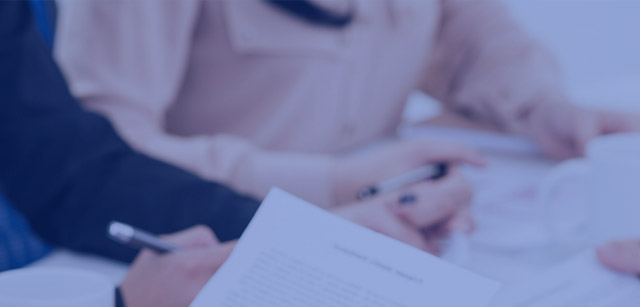
 Position :
Home>
News & Tutorial
>Products
Position :
Home>
News & Tutorial
>Products




 Position :
Home
>Products
Position :
Home
>Products
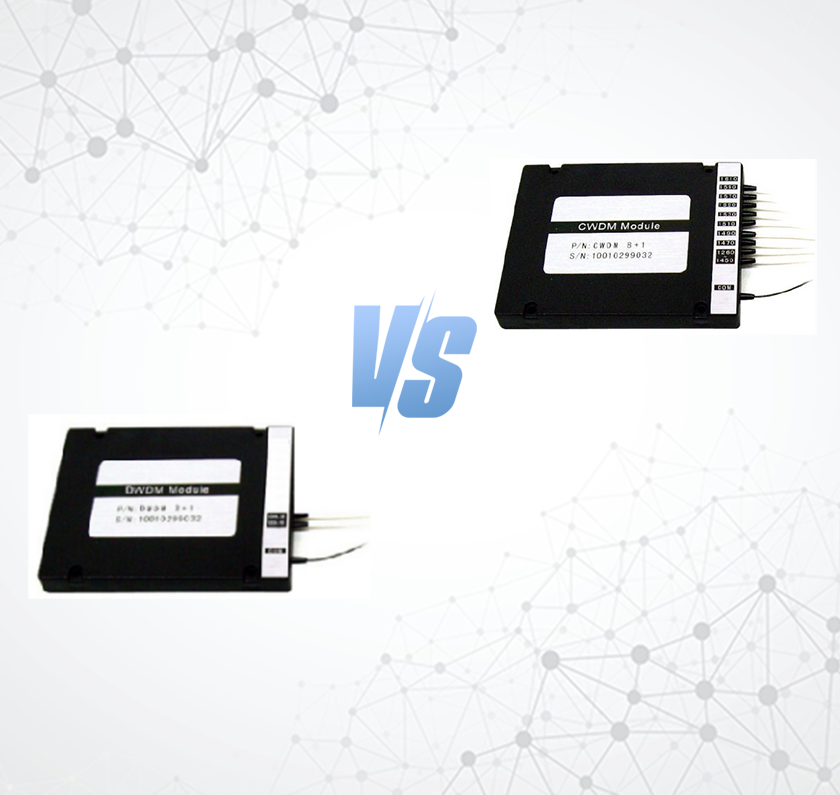
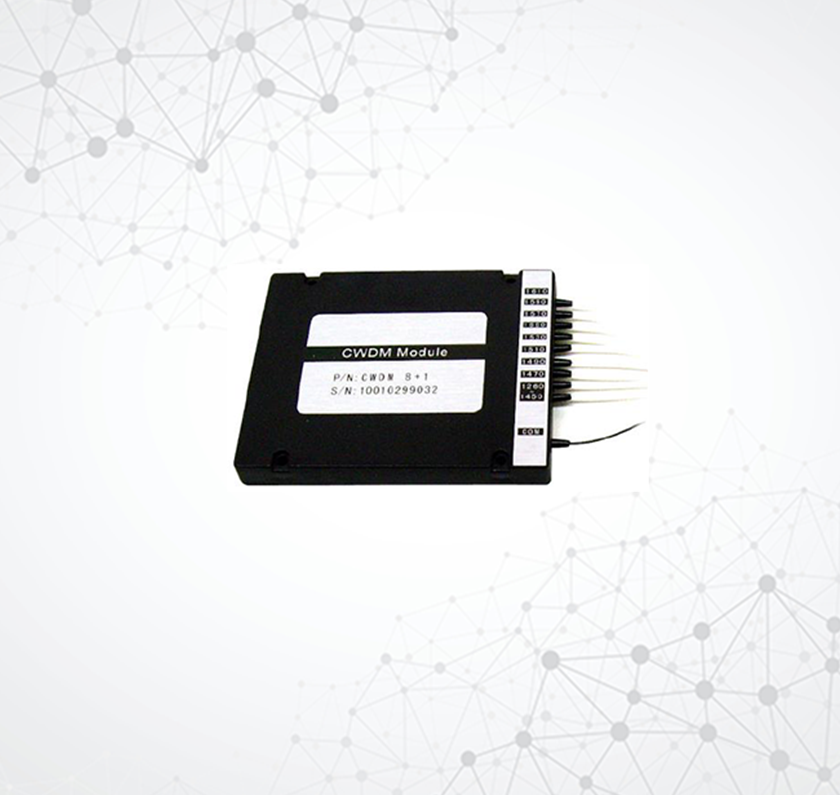
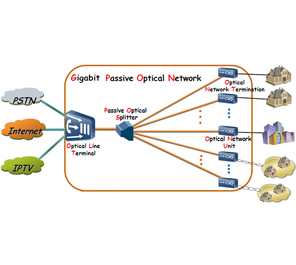
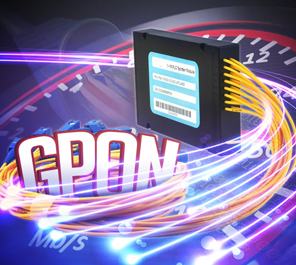

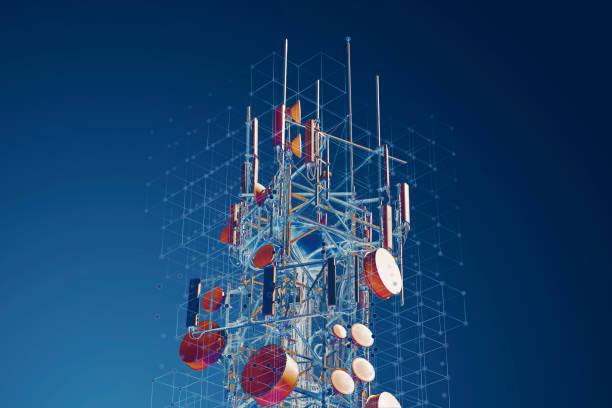
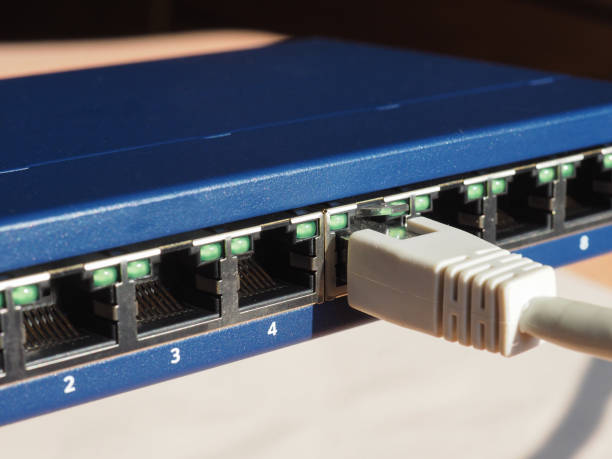
 ics@suntelecom.cn
ics@suntelecom.cn  +86 18964888554
+86 18964888554 Building No.145, Lane 666 Xianing Road, Jinshan Industrial Zone, Shanghai 201506, China
Building No.145, Lane 666 Xianing Road, Jinshan Industrial Zone, Shanghai 201506, China